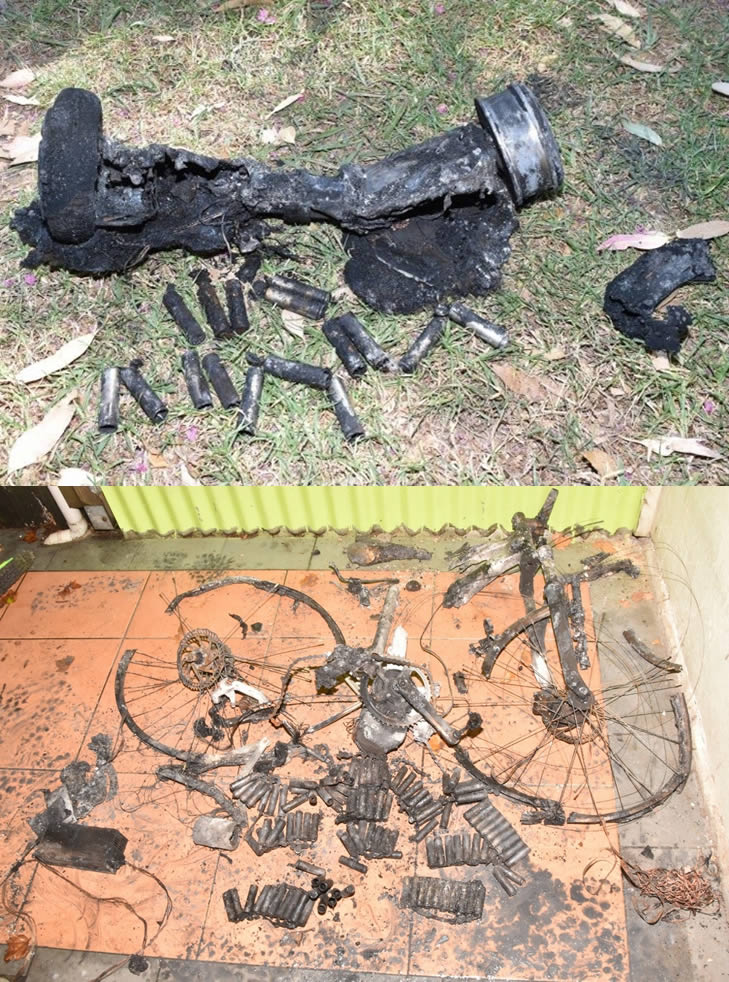E-bikes, e-scooters, and other light electric vehicles (LEV)
Electric bicycles (e-bikes), electric scooters (e-scooters), electric mobility (e-mobility) scooters, and self-balancing scooters (hoverboards), known as “micromobility” devices or “light electric vehicles (LEV)”, are growing in popularity.
LEVs commonly contain lithium-ion batteries and come with associated risks and hazards (including fire and explosion, radiation, heat, chemical and electrical).
Fire and Rescue NSW is currently conducting research on how best to mitigate incidents involving these technologies and how best to respond to incidents when they occur. While we work on the research, there are some measures that we urge users to be aware of to minimise their exposure to hazards.
- Only purchase and use devices and equipment from reputable manufacturers and suppliers.
- Only use chargers that are supplied with the device, or certified third-party charging equipment that is compatible with the battery specifications. Using chargers with incorrect power delivery (voltage and current) can cause damage to the battery including overheating that can lead to fires.
- Check that chargers bear the Regulatory Compliance Mark, to show that they meet the relevant Australian Standards under the Electrical Equipment Safety System (EESS) [external link].

- Avoid leaving LEV batteries or devices unattended while being charged or charging overnight. Once the indicator shows that a device or battery has been fully charged, disconnect it from the charger.
- Don’t charge or store LEV batteries or devices on combustible or insulating surfaces such as beds, sofas, or carpet, and keep them away from highly flammable materials such as blankets, clothing, and paper.
- Where possible, LEVs should be stored and charged away from living spaces in the home. Storing and charging them in a garage, shed or carport and away from any exit doors, escape routes, and other combustible materials is recommended.
- Only have device repairs and battery replacements or upgrades performed by a qualified professional.
- FRNSW recommends that a smoke alarm or a heat alarm is installed in garages where a LEV is stored and/or charged. We recommend having a licenced electrician install and interconnect mains-powered smoke alarms where possible. Check with the manufacturer or distributor to ensure smoke alarm models are compatible for interconnection.
- Never store or leave LEV batteries or devices in areas where they can be exposed to heat or moisture. Do not leave devices in direct sunlight or in parked vehicles where they can quickly heat up.
- Don’t use LEV batteries or devices that show signs of swelling or bulging, leaking, overheating, or signs of mechanical damage (cracked, dented, punctured, or crushed).
What should I do if my device or battery is smoking or on fire?
